
The amazing cuisine of Austria: three of the best fine-dining restaurants in Vienna
Austria is known for a mix of cultures and culinary styles, its incredible produce and its highly trained chefs. We visit three of the best restaurants in Vienna – classic, contemporary and vegetarian – and are blown away by the experience
Austria probably isn’t the first country that springs to mind when one thinks about European culinary destinations, but a recent visit proved why a combination of exceptional local produce and exacting standards make Vienna a compelling spot for travelling gastronomes.
Somewhat surprisingly, the federal capital is the EU’s sixth largest capital city with a metropolitan population of 2.6 million, about a quarter of the country’s total. The quality of life is such that Vienna continues to win awards as the world’s most liveable city, based on criteria including the political, social and economic climate, education, infrastructure – but also its restaurants.
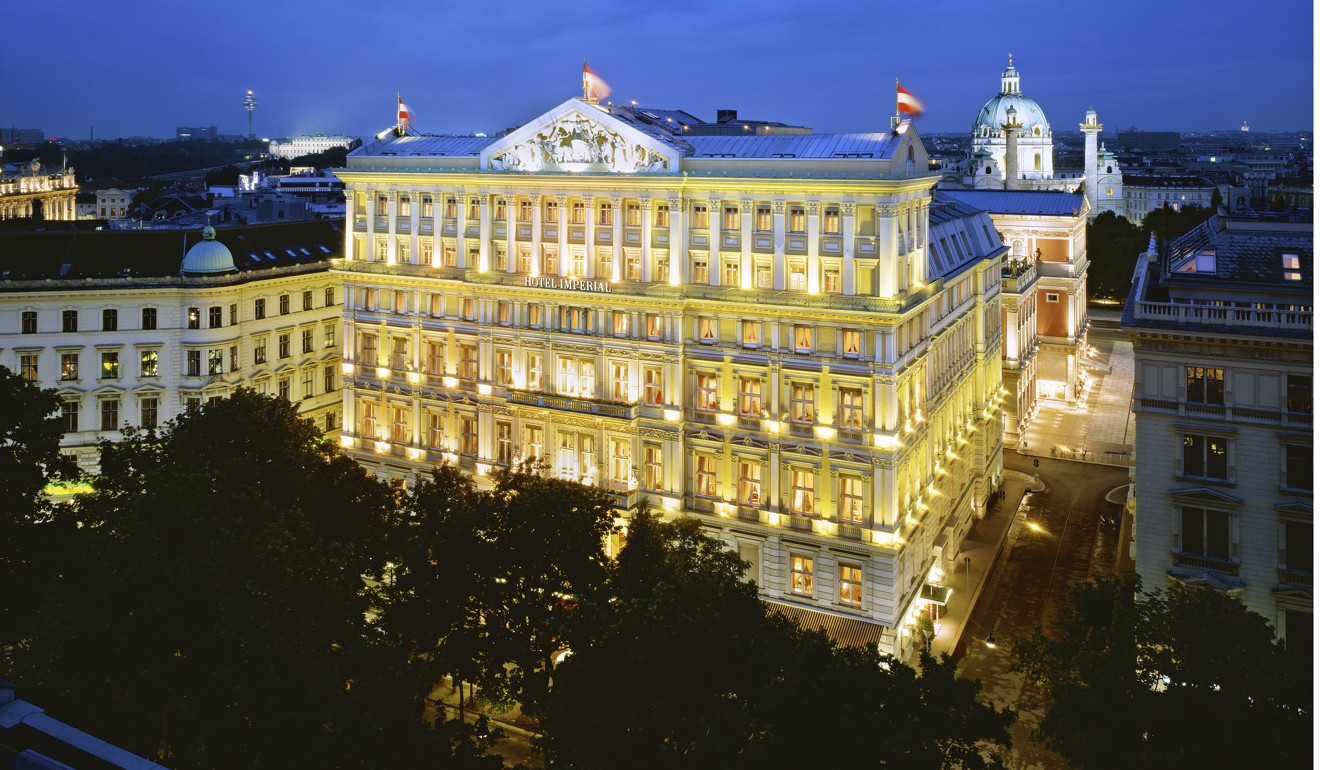
Well-known Austrian food critic Florian Holzer explains. “It’s a touch of the Alps, a healthy portion of Hungary, Bohemia, Moravia, Northern Italy, a dash of Croatia and Galicia, a bit of Yiddish, a little Bavarian, all rounded off with inspiration from Styria and Slovenia.”
If that risks sounding and tasting confusing, it works. The city’s most famous dish is of course Wiener schnitzel, the breaded escalope of veal. At the city’s elegant Hotel Imperial, 61-year-old executive chef Rupert Schnait has been serving the definitive version for decades.

Chinese food now haute cuisine of choice for America’s rich thanks to chefs who’ve taken it to another level
One of the secrets to his schnitzel – at least the one that he’s prepared to share – is that it’s fried in lard, but despite that, it’s remarkably light, the airy golden-brown coating seeming to levitate over the thin veal. But suggesting a perfect schnitzel is his finest work doesn’t begin to do him justice; the hotel’s fine dining restaurant Opus offers a breathtaking tasting menu.
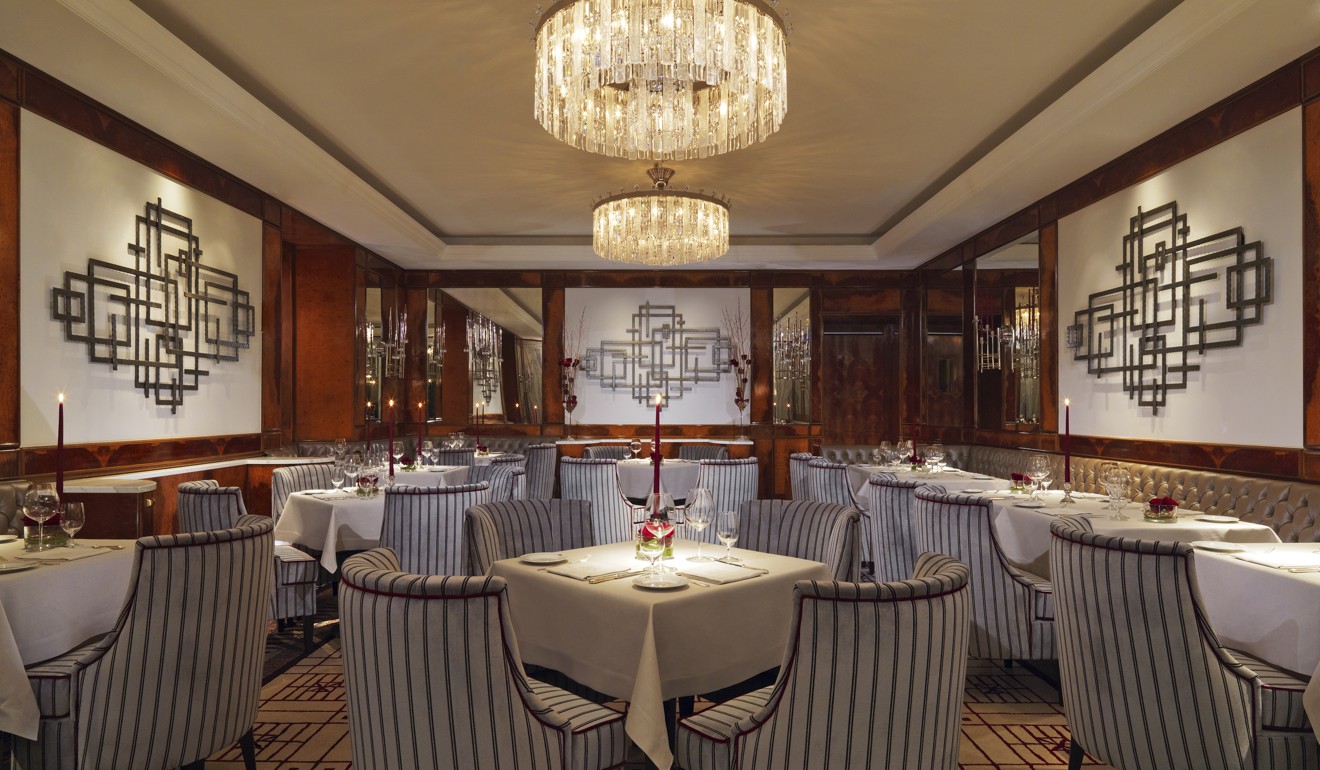
A jazz pianist tinkled away softly all night in the corner of the elegant and expensively plush dining room, a compact space which gave a feeling of intimacy for the mix of local and international diners.

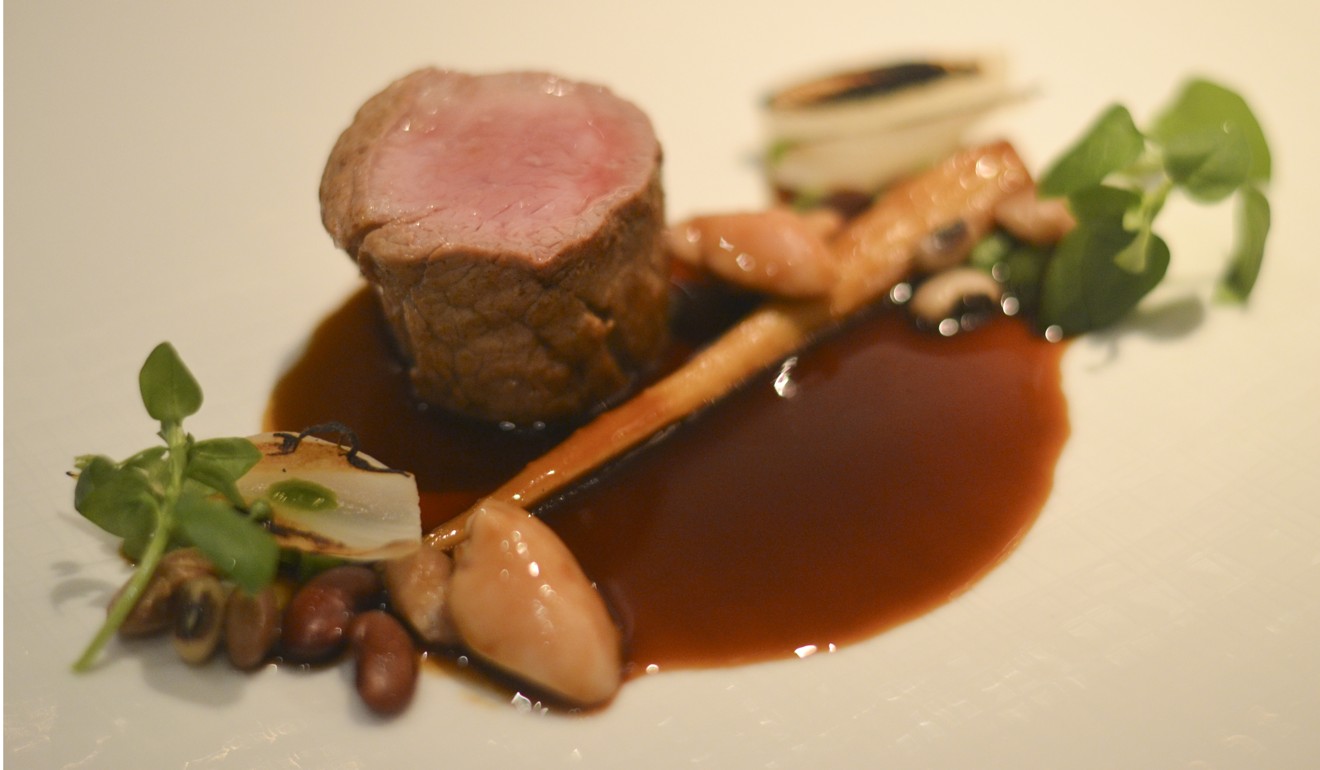
The other highlight from an exceptional meal was dessert, a creation which sounded odd but tasted wonderful.
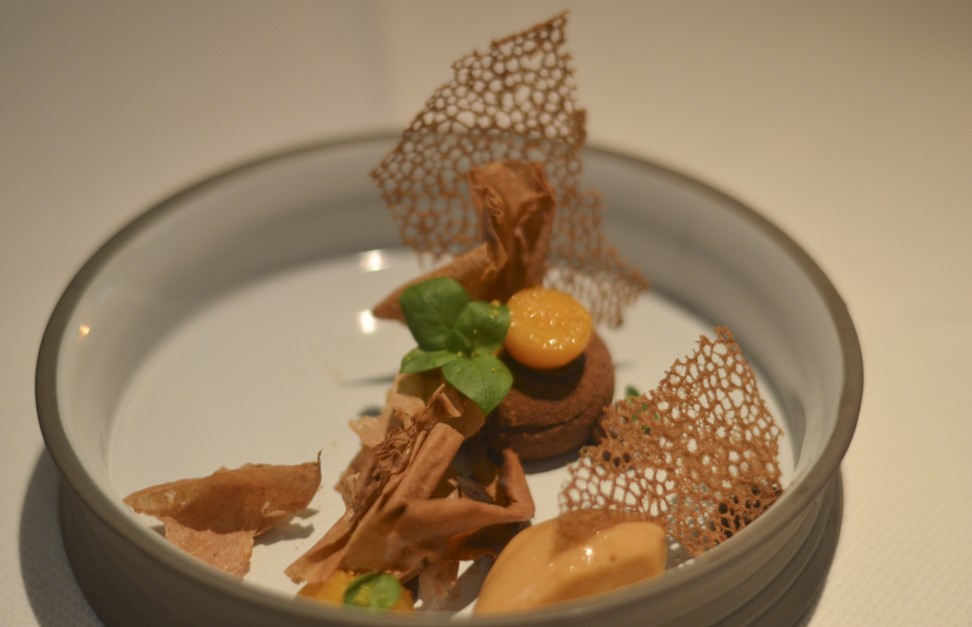
Overall, dinner clearly showed the obvious care, passion and execution under Schnait’s team in the kitchen, as well as a clear appreciation for the country’s first class produce.
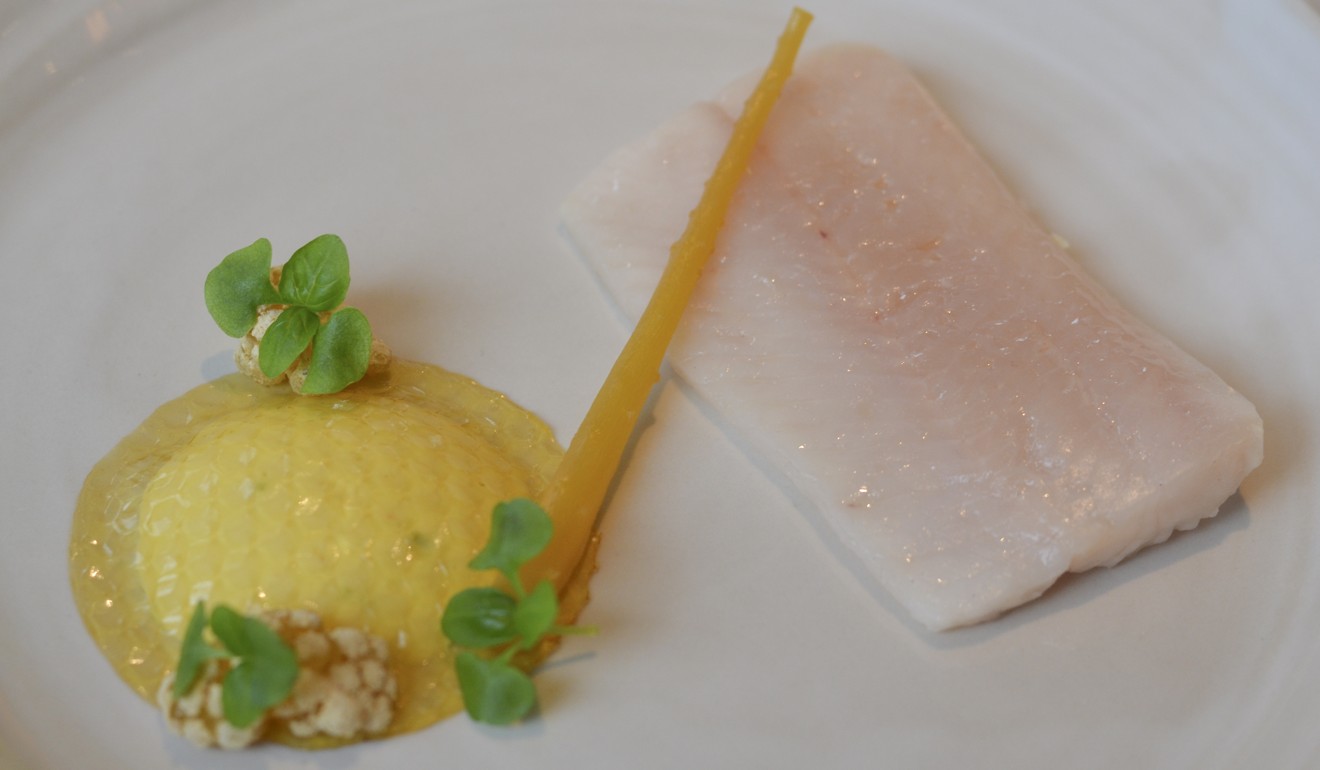
Local produce was very much to the fore again in another remarkable meal, namely lunch at Steirereck. This is arguably Austria’s most famous gastronomic destination, with two Michelin stars to its name and 10th place on the World’s 50 Best Restaurants list.
The chef behind it, Heinz Reitbauer, is a bona fide Austrian celebrity, thanks to his brilliant take on the country’s dishes or, as he calls it, neo-Austrian cuisine. Every dish has roots in the traditional Austrian landscape, but all are delivered in a contemporary and cutting-edge fashion as befits the setting.
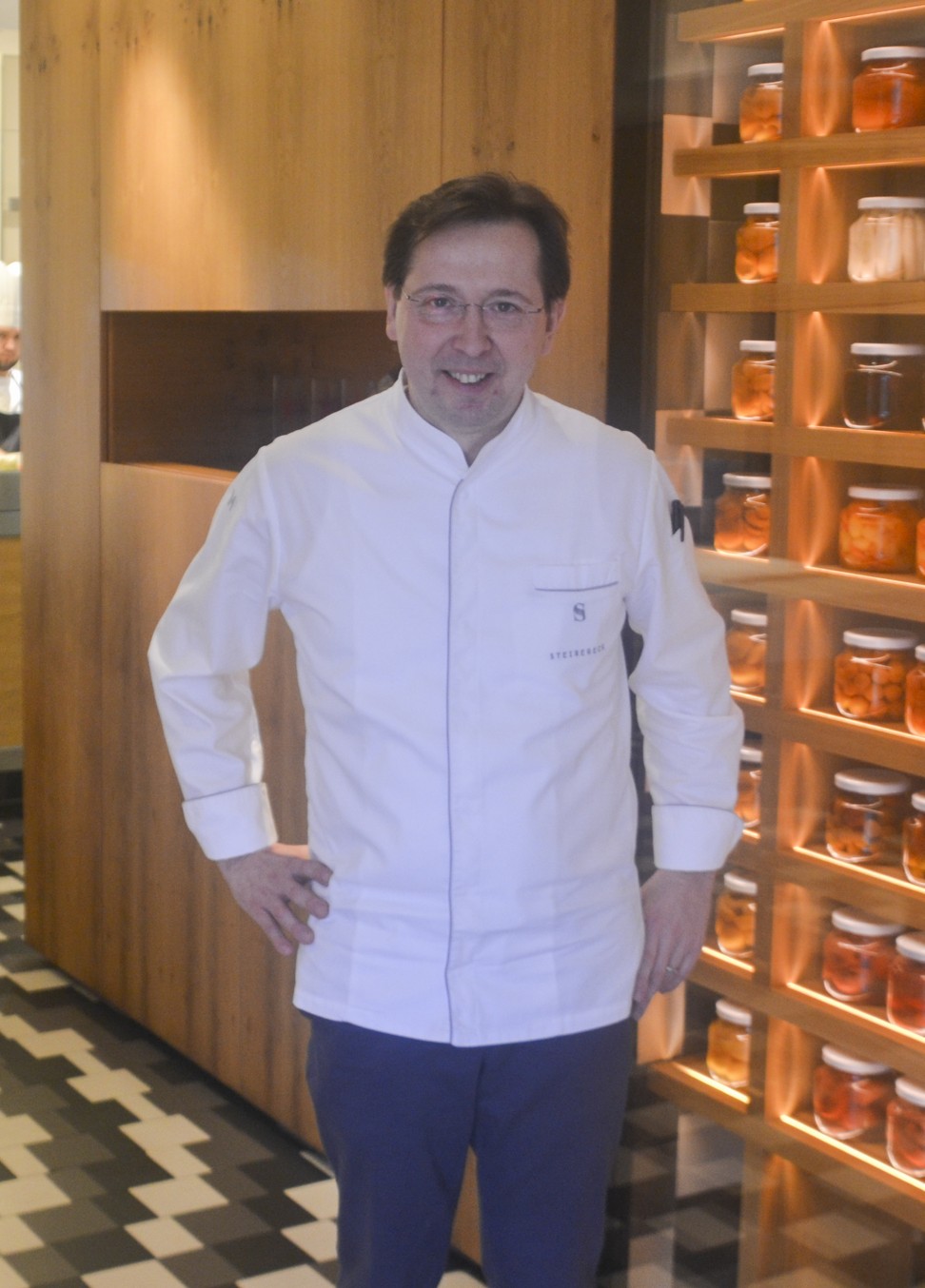
Chinese regional cuisine: Guizhou’s spicy and sour dishes and where you can find them in Hong Kong
As he explains, despite its comparatively compact size, Austria features a vast array of culinary impressions – and produce. “There are very different cuisines in different regions with influences from the former empires. When I took over in the kitchen, we had a menu with seawater fish. We changed it and now we have eight to 10 freshwater fish from different Austrian lakes. This is really a big difference. Fine dining was always with lobster and turbot – but it doesn’t need to be. In some regions of Austria, 50 per cent of farms are organic.”

“We were always disturbing our guests with explanations, so I wanted to change this. Cards have basic information on the dish and interesting information on the produce. We started at #101 and now we’re at #1,050. Most people take them home with them – meaning they can really remember and talk about the meal as well.”
The Hakka cuisine in Hong Kong that brings diners to tears, and why restaurants serving it may be on borrowed time
It’s a simple but inspired move, one that other restaurants would do very well to emulate.
Two dishes were especially impressive in both innovation and presentation.
Char with beeswax, yellow carrot, pollen and sour cream saw the local fish “cooked” in hot beeswax at the table before being served next to char caviar with a pollen made from yellow carrot and quince vinegar, a sour cream with cayenne pepper and lime, jellied yellow carrot and apple juice infused with more beeswax.
Phew. But wow, what a plate. The accompanying card even revealed how one bee would need to fly half a million miles to produce 1kg of wax.

How a visit to Singapore changed this Filipino chef’s life, and what Martha Sherpa taught him about Hong Kong food
Despite its hugely impressive global reputation and elegant modern dining rooms, there was no sense of fine dining fear at Steirereck. It was relaxed, with laughter echoing and guests greeted like old friends. That’s because, in many cases, they are, as Reitbauer explained.
“We’ve been fully booked every night for 13 years. 60 per cent of our customers are regulars, so we have a big menu. We even have guests who come every single day. This is what a restaurant should be, a family place, like a member of a family.”
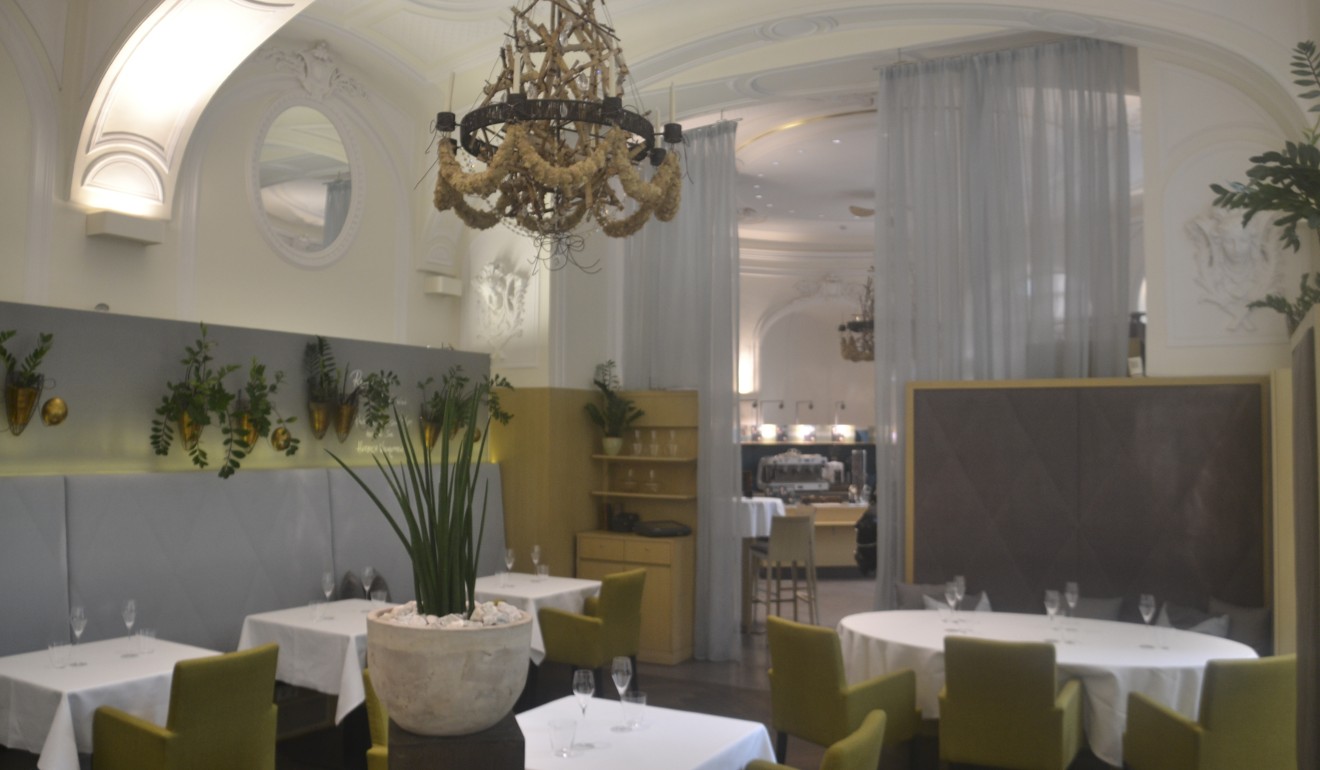
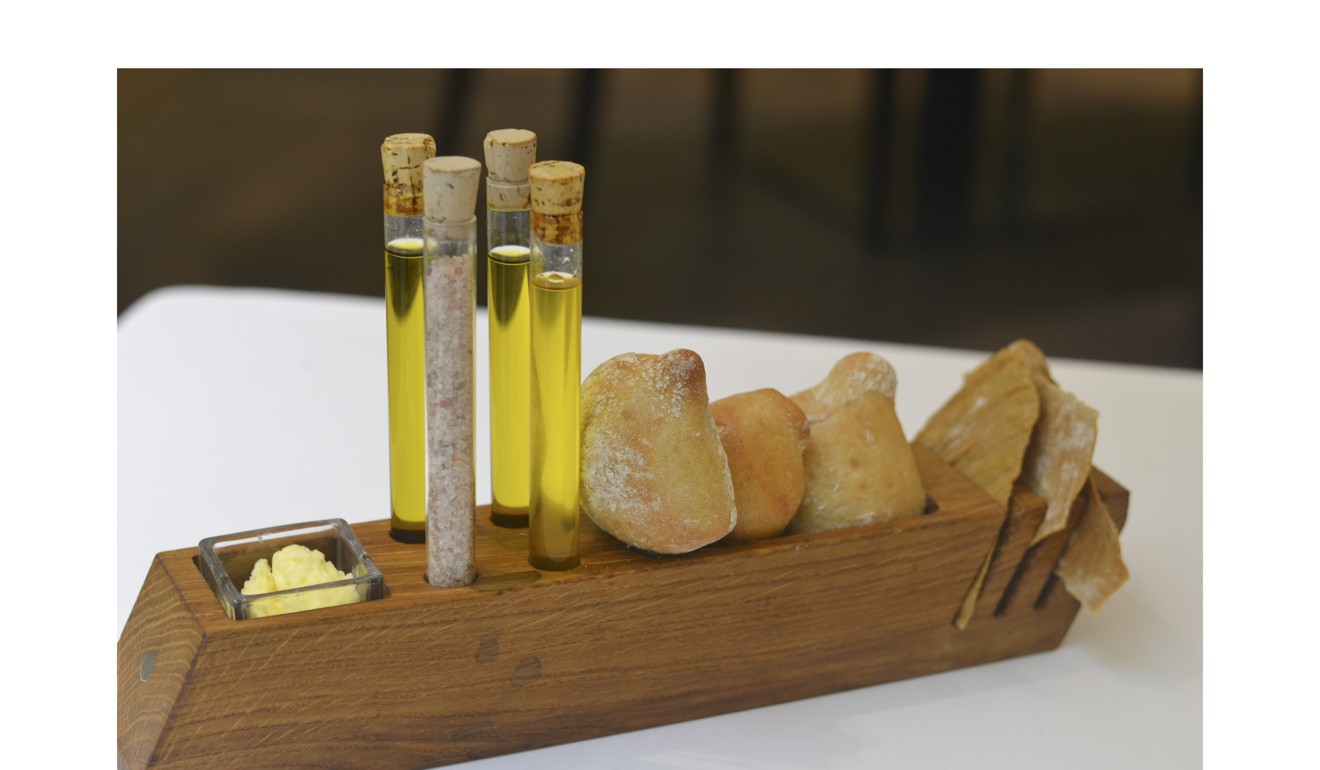
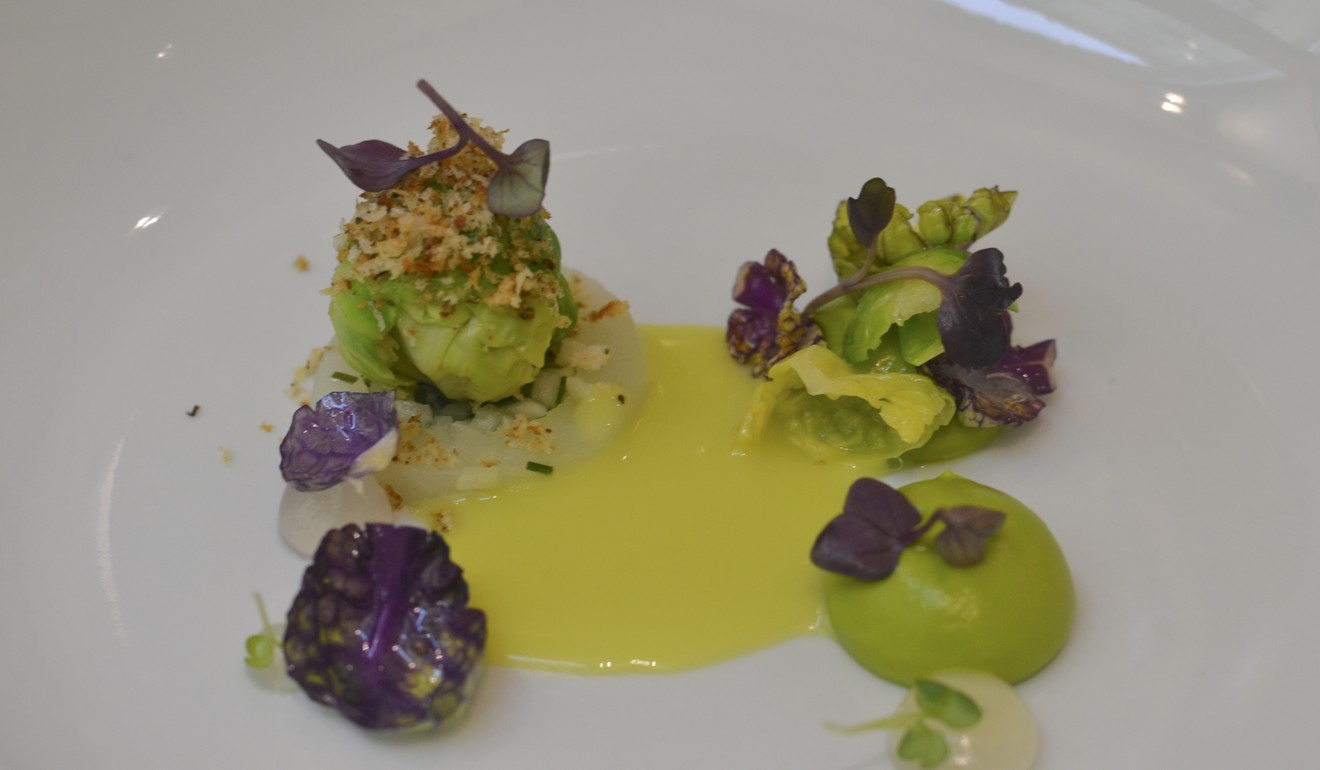
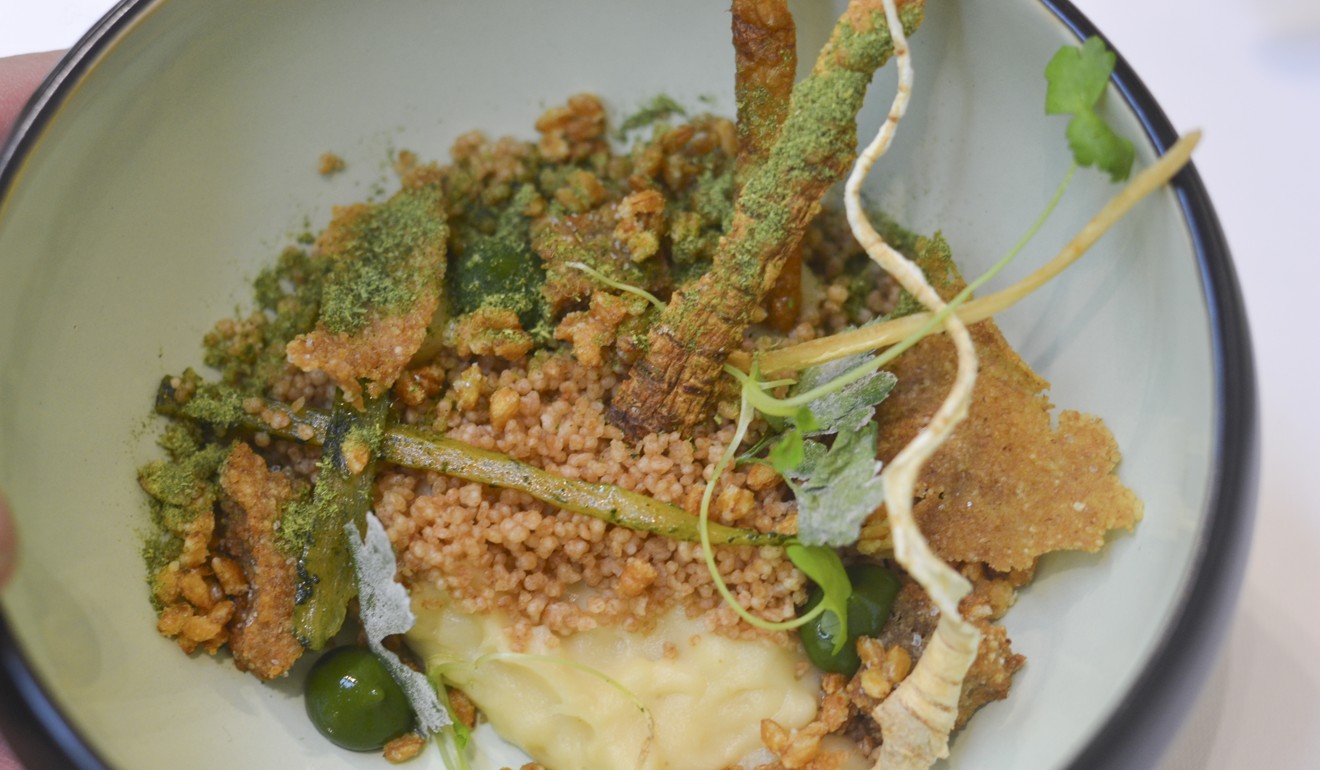
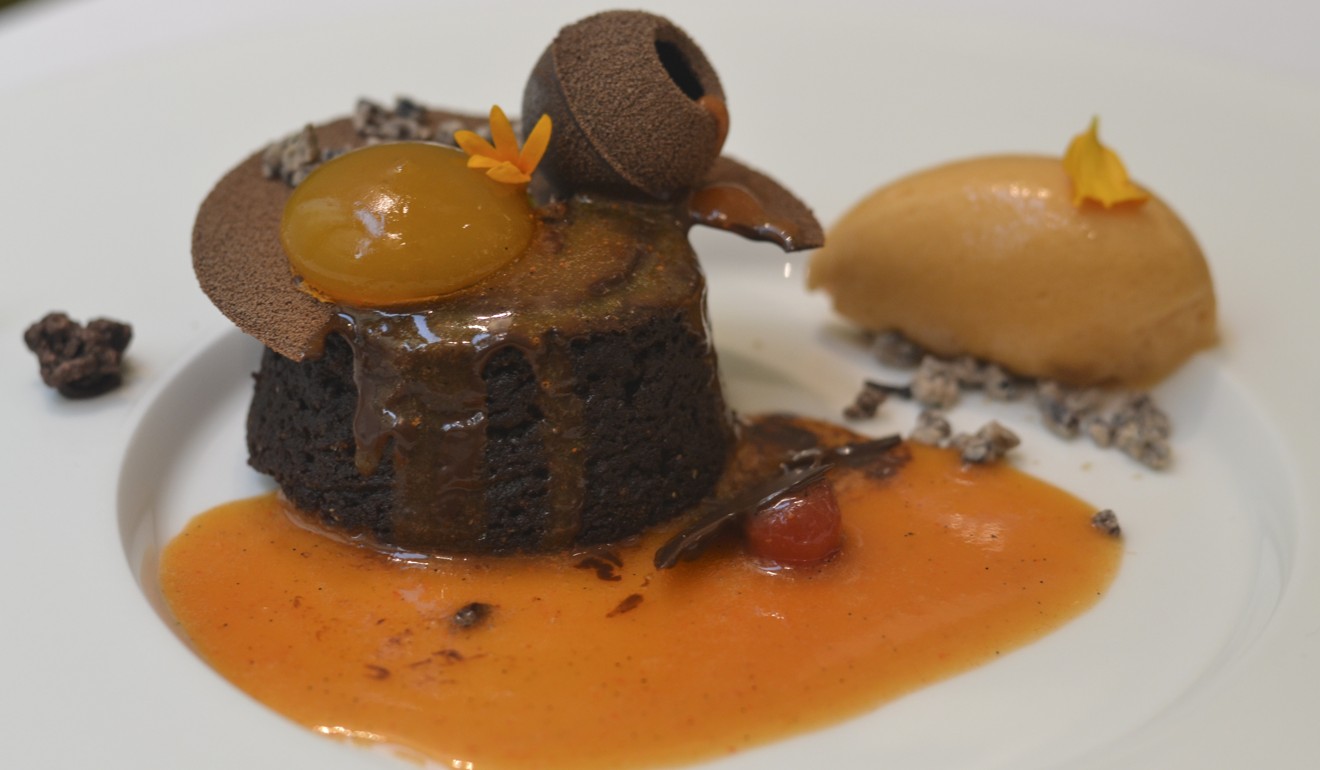
Restaurant Opus
Hotel Imperial, Kärntner Ring 16, 1015 Vienna, +43 1 50110389,restaurant-opus.at/en
Steirereck
Am Heuemarkt 2A/im Stadtpark, A-1030 Vienna, tel: +43 1 713 31 68,
steirereck.at/restaurant
Tian
Himmelpfortgasse 23, 1010 Vienna, tel: +43 1 890 4665, tian-restaurant.com/wien/en

